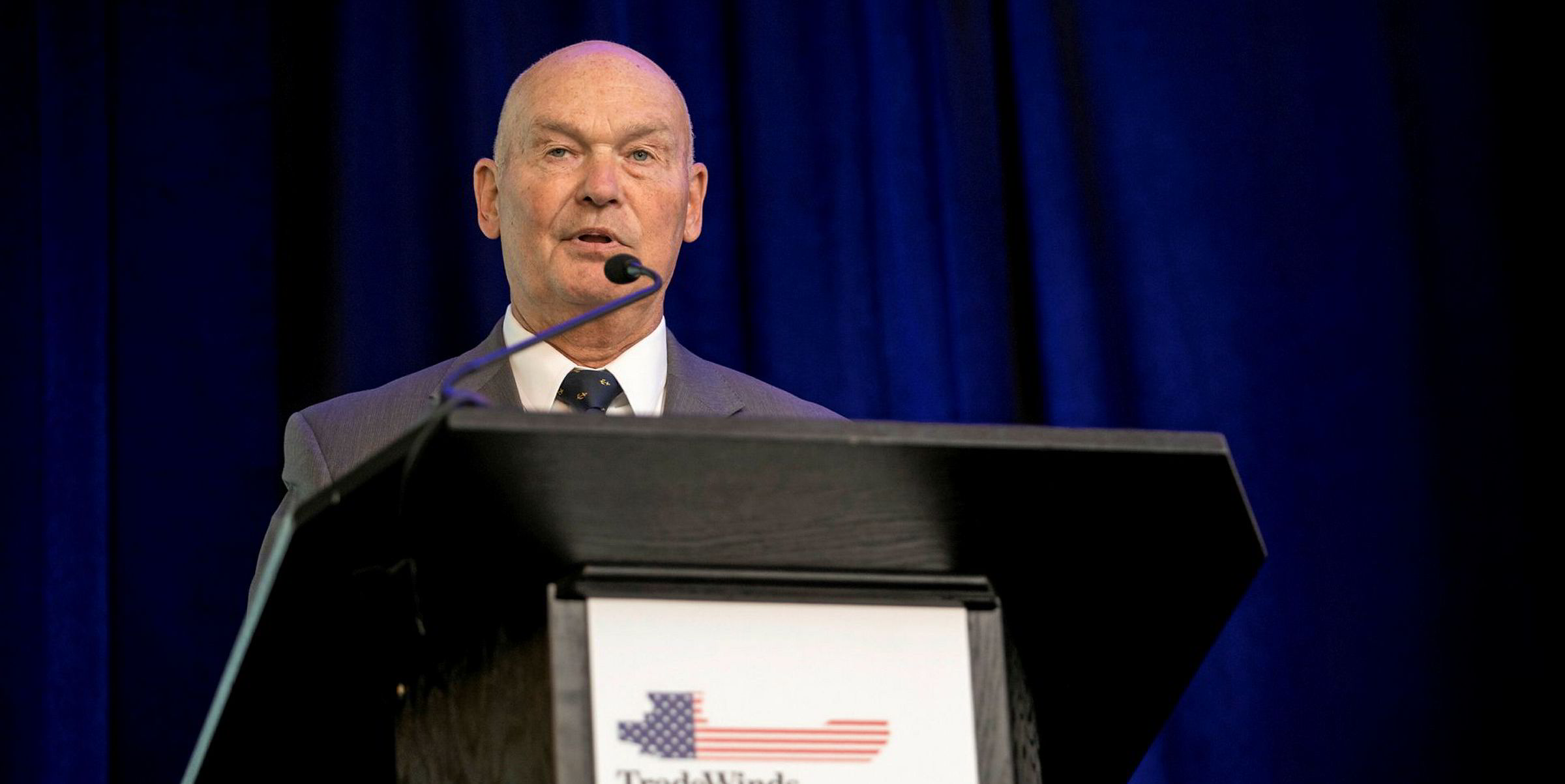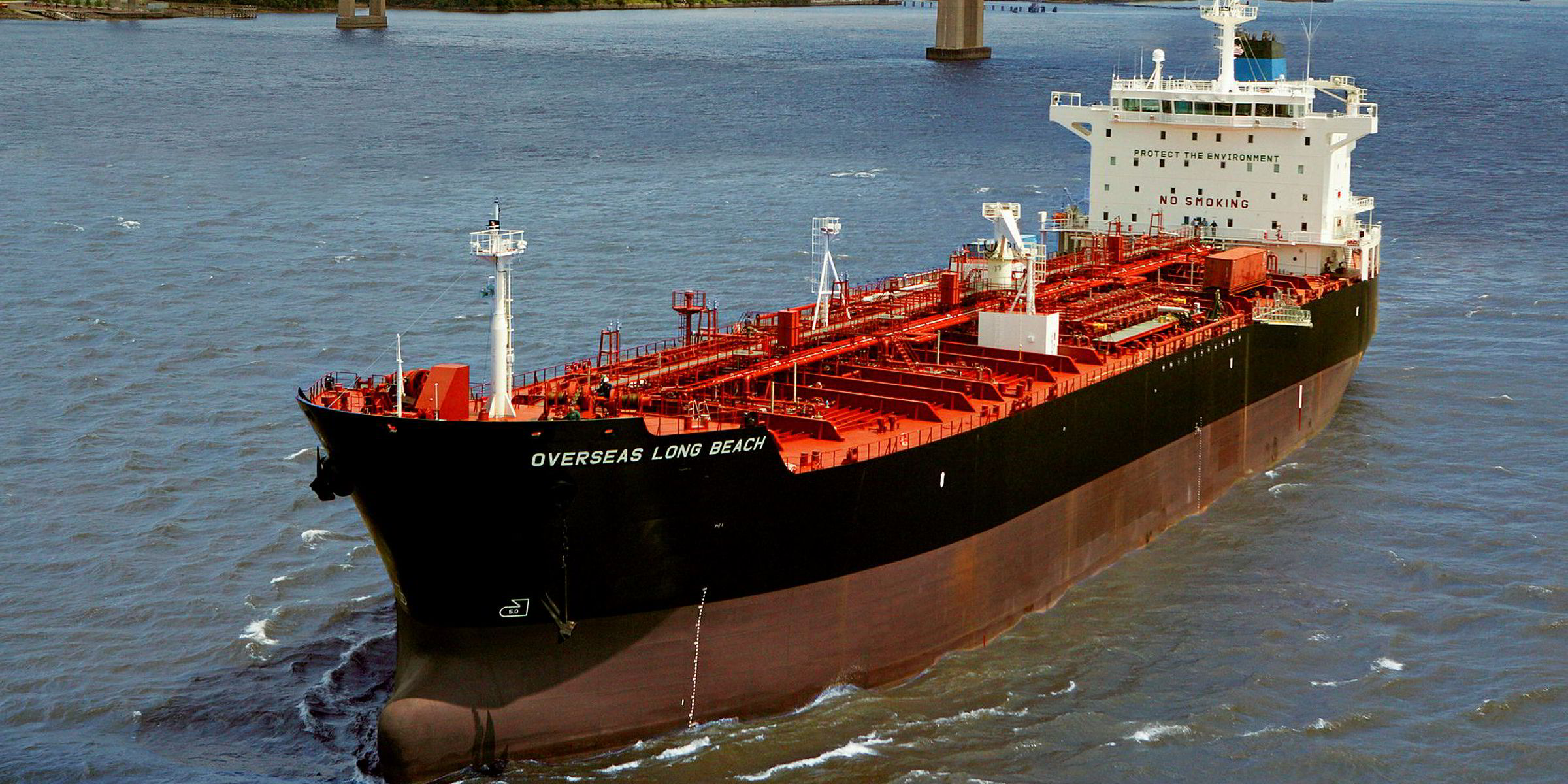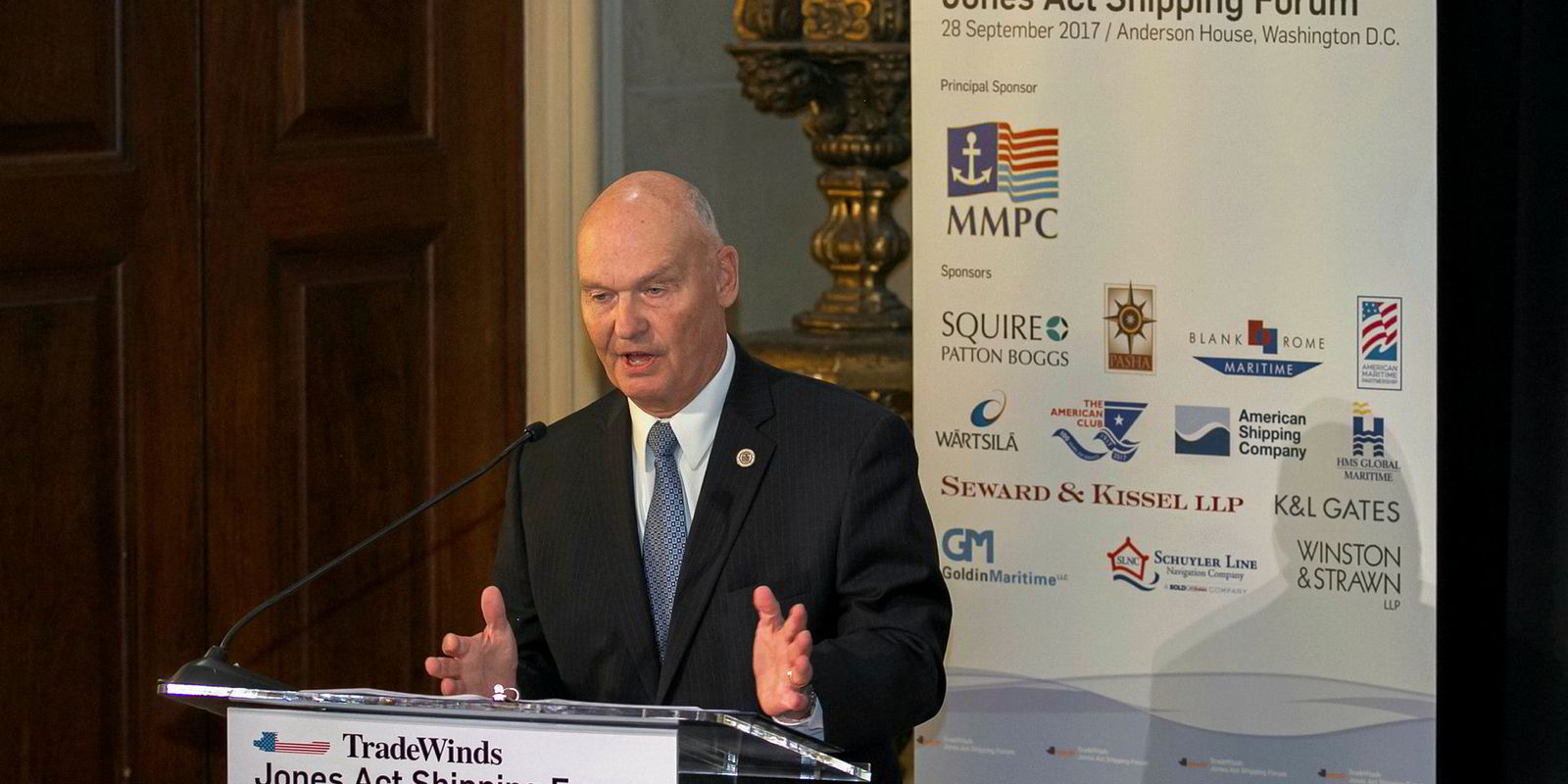US shipbuilders say they're ready for the LNG boom, but the real benefits could come from Washington, not the market.
In response to Maritime Administrator Mark Buzby tipping the sector as a place domestic shipyards can thrive, American shipbuilders said they were ready and able, though perhaps lacking in experience.
"None of us have built an LNG carrier before, but the LNG technology is well known," said Steinar Nerbovik, the chief executive at Philly Shipyard. "I have made sure we are prepared."
Nerbovik said he had not had any specific inquiries from potential buyers yet, but the company has done some early design work around the ships and have a teaming agreement with Korean shipbuilding giant Hyundai.
NASSCO has produced LNG-powered vessels, but no LNG carriers. The San Diego shipyard said it was "enthusiastic" about the potential for an LNG carrier market through a spokeswoman.
The US is among the world's largest LNG producers, alongside Qatar and Australia.
Production hit an all-time high in 2018 with export capacity set to double in 2019 alone, according to the Energy Information Administration.
Export remains the main source of demand, the agency said, but reported natural gas was a growing source of electricity, as more than 60% of electric generating capacity installed last year was fueled by natural gas.
Clarksons data shows there are 22 liquefaction projects set to come online globally by 2024, producing more than 97.38 mtpa. Another 103 projects are in early design phases with startup dates stretching to 2030.

Domestic or international?
Buzby, in speaking to the House Committee on Transportation and Infrastructure 6 March, said the world LNG fleet would have to double over the next two decades to keep up with demand.
"The US could capitalise on this growing industry," he said, if long-term, domestic contracts are available to carry the gas.
Buzby did not make a distinction between ships destined for domestic trade — which must be US-built and crewed — or the international trade.
But US shipbuilders produce a tiny fraction of the world's oceangoing fleet and industry sources have said the domestic market for LNG carriers does not yet exist.
Matthew Paxton, the president of the Shipbuilders Council of America, said federal regulation could mandate at least some of the US-produced LNG be transported on US built ships with American crews — a law similar to the Jones Act covering US coastwise trade.
He said Congress has considered such a rule before, may do so again and that it was a way to support the domestic shipbuilding industry the way other countries do theirs.
Those in the US shipbuilding industry have long complained about the subsidies local governments give to their domestic shipbuilding industries, while arguing that US shipbuilding capacity is a national security imperative.
"I think that's a sound industrial base policy that would help to maintain a strong supply chain," he said.
Nerbovik said "it's just a matter of time" before LNG becomes a more in-demand source of energy for both consumers and shipowners.
"I would think that Philly Shipyard would be the preferred shipyards to build the first LNG carriers in the States. We have the necessary knowledge, we have the necessary facilities, we have the best partners," he said.
"We are just looking forward to somebody placing the first order for an LNG carrier."






